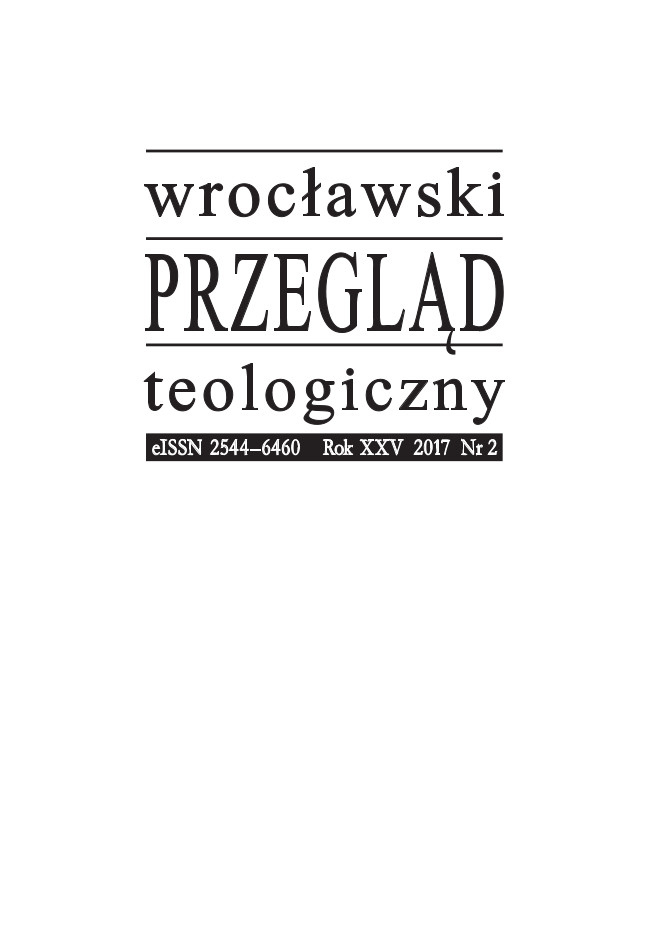Luteranizm na Śląsku do połowy XVI wieku
Lutheranism in Silesia until the First Half of the XVI Century
Author(s): Józef Mandziuk, Józef MandziukSubject(s): Christian Theology and Religion, History of Church(es), Theology and Religion
Published by: Papieski Wydział Teologiczny
Keywords: Martin Luther;Lutheranism;Silesia;Silesian cities;Dukes of Silesia;Bishops of Wrocław;the Silesian clergy;the Silesian monasticism
Summary/Abstract: Purpose of this elaboration is to show the first development phase of Lutheranism in Silesia, which lasted until the Peace of Augsburg signed in 1555, which sanctioned very intolerant rule: “Whose realm, his religion”. Martin Luther was an Augustine monk, and his agenda found its followers in Silesian cities, ducal castles and manor houses. Lutheranism changed ceremonials, introducing its own liturgy, which rejected sacraments (with the exception of baptism), Marian cult and saints, the purgatory and indulgences. After the acceptance of justification by faith alone (sola Fides), Lutheranism became easier than Catholicism. However basing theology only on the Bible (sola Scriptura), which can be freely interpreted, caused hundreds of sects to raise, and they had not much or even nothing in common with Catholicism. Not until the Council of Trent led to the true Catholic reform of the church life. It stopped the wave of Protestantism, which was still very high in the second half of the XVI century.
Journal: Wrocławski Przegląd Teologiczny
- Issue Year: 25/2017
- Issue No: 2
- Page Range: 147-163
- Page Count: 17
- Language: Polish

